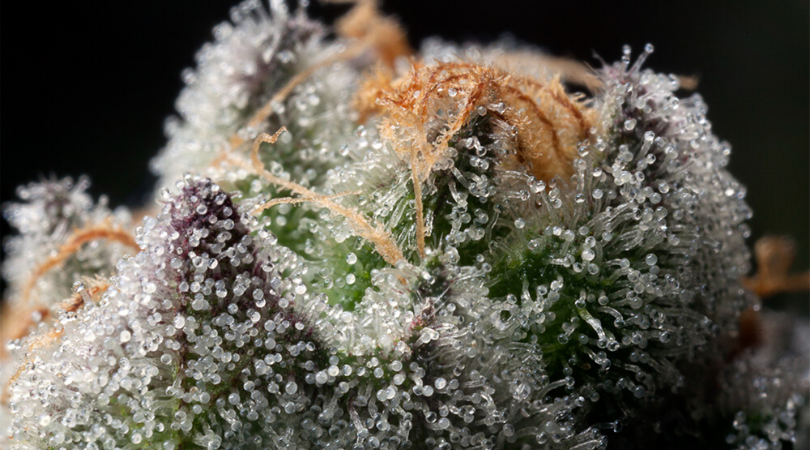Cannabis
Trichomes: The Complete Guide
If you want to understand more about the marijuana you enjoy, then you should do your best to have a deeper understanding of trichomes. If you know anything about them, your knowledge may be limited to that they provide potency for marijuana and more or less what they look like.
Many marijuana consumers do not even know that much. After all, you do not need to understand how marijuana works to appreciate its effects. However, it can enhance your experience with cannabis when you understand more. At the very least, you will be able to show off your new knowledge to other marijuana consumers.
What Are Trichomes?
Trichomes are among the most important parts of the cannabis plant, and without them, you would not experience the psychoactive effects that marijuana is associated with. Trichomes are the plant’s resin glands, and they are where you find the largest concentration of cannabinoids, including CBD and THC.
Trichomes are not only important for those who smoke cannabis, but they are also crucial for creating cannabis-derived alternatives to smoking for medical marijuana or recreational use.
The word trichome comes from the Greek word trikhōma, which means “growth of hair.”
A Quick Overview of Other Crucial Plant Parts
When discussing trichomes, some of the other parts of the cannabis plant are likely to come up, as well. To make sure you follow the full conversation, familiarize yourself with these terms.
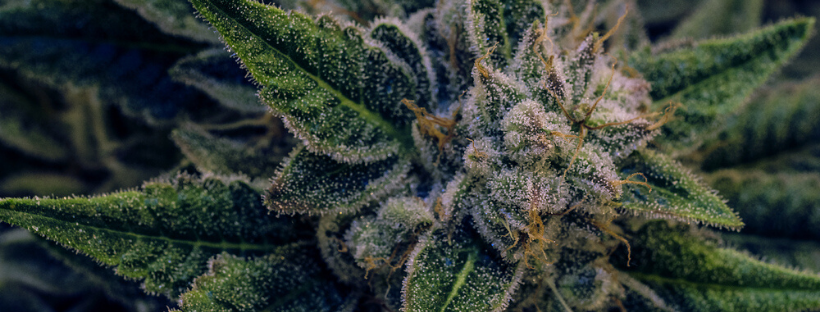
Terpenes
When you extract trichomes from cannabis, you will also preserve the terpenes. Terpenes are the part of the plant responsible for its smell and taste. Terpenes occur in plants other than cannabis and are what makes those non-psychoactive plants smell or taste the way that they do.
Terpenes are also associated with health benefits, with each terpene having its own potential effects.
Role of Trichomes
The trichomes in cannabis did not evolve to provide humans with a concentrated source of cannabinoids, as this would not be beneficial for the plant at all. Instead, the trichomes evolved to serve some specific purposes for the cannabis plant.
Protection From Insects and Pests
Trichomes are the phalanx of the plant, providing shields that help protect the cannabis from insects and fungus. Without the trichomes, these insects and pests would be able to easily destroy full crops.
Protection From Animals
Cannabis also evolved trichomes as a way to discourage rodents and rabbits from eating the plant. Trichomes achieve this purpose to mixed results, with plenty of stories of deer and other animals nibbling on marijuana. It also clearly did not work to prevent humans from enjoying the plant.
Protection From UV Rays and Other Environmental Conditions
The trichomes also protect the cannabis plant from the ultraviolet rays of the sun, providing a natural sunscreen for the marijuana. At the same time, they also provide protection from low humidity and high winds.
Types of Trichomes
You can find medicinal cannabinoids such as THC in the heads of three types of trichomes.
Bulbous
Bulbous trichomes occur throughout the surface of the full cannabis plant, but you cannot see them without a microscope. They are just 10 to 15 microns (micrometers). To put that in perspective, a human hair is typically 40 to 50 microns across. So, bulbous trichomes can be as small as a fifth the width of a human hair.
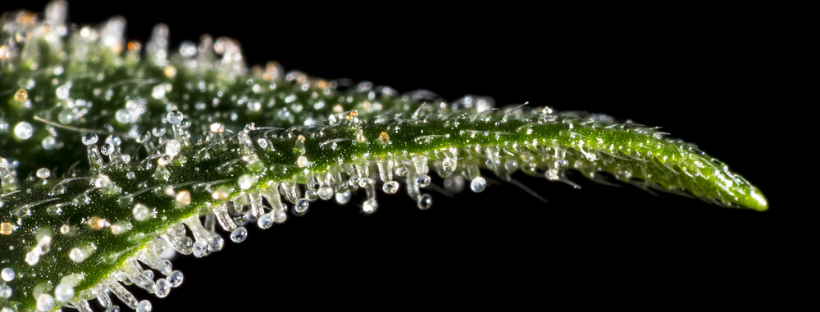
Capitate Sessile
Capitate sessile trichomes are a little larger, and they are much more plentiful. These trichomes have a shape that is similar to the expected head and stalk.
Capitate Stalked
The most common type is capitate stalked trichomes. They are between 50 and 100 microns, so you can see them without using a microscope. These trichomes have a stalk or basal cell with a waxy gland head on top.
Trichome Anatomy
Previously, scientists believed that the green plant tissue called calyx was responsible for the creation of THC and other essential cannabinoids. These calyxes are where the trichome glands with their mushroom shape grow out of.
Now, however, scientists know that the trichomes create the terpenes and cannabinoids. The trichomes grow from the calyx’s body, but then the trichomes produce the cannabinoids. As such, the calyx is only indirectly responsible for the creation of terpenes and cannabinoids.
Pistils
When you smoke a cannabis bud, it also usually features pistils. These are double strands of plant hair growing from the calyx material. Their role is to catch the pollen that male cannabis plants produce, allowing for reproduction and the production of flowers.
Trichome Growth Cycle
You already know that cannabis has a growth cycle, but you may not realize that trichomes also have their own growth cycle. This fits within the plant’s overall growth cycle.
Experts believe that the photosynthetic precursors to cannabinoids are transported in the cycle before they get transformed into CBD, THC, and other cannabinoids as well as terpenes. This all happens with the trichome gland head’s secretory vesicles.
As the cannabis plant grows, terpenes and cannabinoids accumulate along the trichome’s outer cuticle. Over time, the secretory vesicles increase their oil production and move it towards the cuticle. As this happens, the trichome gland head thickens and becomes more bulbous. Eventually, the gland head matures and completely falls off, but this does not happen until the budding process is almost done.
To help you tell at what point the trichomes are in the growth cycle, you can pay attention to the colors. The trichomes tend to be slightly amber or clear when the plant is still in the early stages of its growth cycle. When the levels of cannabinoids are at their maximum, the trichome gland head becomes opaque or cloudy.
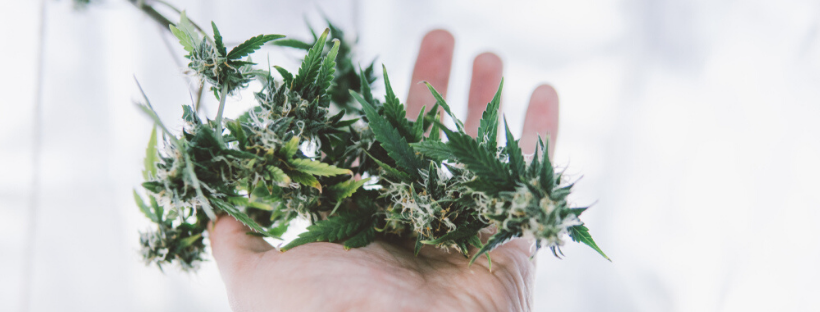
When to Harvest Based on Trichomes
Assuming that your goal when harvesting cannabis is to get the full CBD and THC, which is almost always the case, you want to make sure you harvest the plant before the trichomes have fallen off. If they fall off, you will miss out on the rich cannabinoids. There will still be some left on other parts of the plant, but they will be minimal. This means that your cannabis plant will no longer deliver the psychoactive or potentially medicinal effects that you wanted.
Pay Attention to Color
Remember to pay attention to the color of the trichomes to tell when to harvest the plant. As mentioned, the trichomes will be cloudy or opaque when the cannabinoids are at their peak.
Adjust Harvest Time Based on Your Goals
When harvesting your cannabis, you will also want to think about your goals. If your primary goal is to enjoy high concentrations of THC and experience psychoactive effects, then you want to get more THC and less CBD. After all, CBD can counter some of the psychoactive effects of THC.
Many growers recommend that you harvest when around half the trichome is opaque. This timing should get you the most THC and the least CBD, so you’ll have the strongest psychoactive effects.
Trichome Appearance and Effects When Harvested
To make it more straightforward, consider the following descriptions of the trichomes and the typical psychoactive effects if you harvest the cannabis at that time.
- Clear Trichomes: The potency is not all there yet; you should wait.
- Cloudy Trichomes: If you harvest it, you should get a heady and energetic high.
- Amber Trichomes: If you harvest it, you should get an intense body high or couchlock.
- Mixed Trichomes: If you harvest it, you should get a combined body and head high.
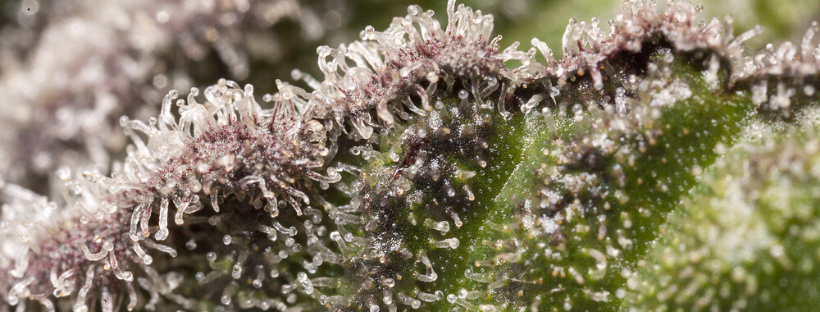
Look at the Hairs Inside the Pistils and Calyxes As Well
You do not need to just rely on the appearance of the trichomes on your plant to determine if it is time to harvest. You can also look at the small hairs growing inside the pistils or calyxes.
The pistils start at bright white, but by the end of the flowering phase of the plant, they are brown or rusty orange.
If there are more white pistils than red ones, then you should expect the cannabis to deliver a euphoric high associated with THC. If you notice more red than white pistils, then expect more of a sober and calm feeling of being stoned that is more closely associated with CBD.
You can also take the middle ground and harvest the cannabis in the middle of its flowering cycle, with about half of the trichome heads still opaque and when the pistils are not yet brown. This should give you a balanced combination of THC and CBD.
Another Reason to Examine the Trichomes
Determining when to harvest your cannabis is not the only reason to look at the trichomes on your marijuana plants. This is also a great way to confirm that your buds do not have mold, spider mites, or any other problem. You will want to use a magnifying glass to get a good look at the trichomes, and this will let you see the surrounding areas of the plant in extra detail.
Removing Just the Trichomes
The traditional method of consuming the THC, other cannabinoids, and terpenes in the trichomes is to smoke the cannabis plant. By smoking the buds, you will also inhale the trichomes, letting you take advantage of their cannabinoids.
Concentrates
If you prefer, you can also remove the trichomes from the cannabis plant and turn them into a concentrate of some sort. This is sometimes called resin farming to describe separating the trichome reins.
This is how most cannabis concentrates are made, including wax, oil, hash, and shatter. Butane hash oil is among the most common types of cannabis concentrates because it is not labor-intensive. It is simple to make, but it is not safe to make at home. That is because there is a high risk of explosion if done incorrectly.
You can also extract the resin or trichomes from cannabis by simply using high-proof alcohol. Keeping this method simple will take 30 to 60 days, but you can speed up the process by carefully adding heat, reducing it to just a few hours. The key term here is “carefully” because alcohol is flammable.
Ice water extraction is also popular, as it is all-natural and environmentally friendly. It gives you bubble hash with high THC content and no chemical residue.
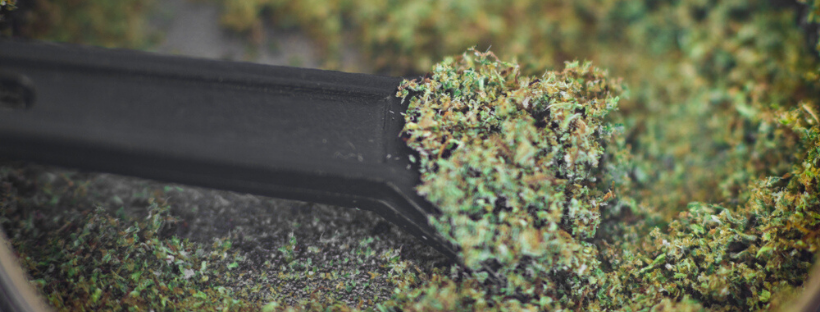
Kief
Another option instead of turning the trichome resin into a concentrate is to turn it into kief. This is the very fine, dry, and raw form of trichomes that is more like powder. You can make kief from trichomes using a three-chambered grinder. As a bonus, you will end up producing small amounts of kief every time you use your grinder. Just look for the small bits in the lower third of the grinder.
If you prefer, you can use your sifting materials to collect the kief. To do this, grab a pollen box or something similar, put the cannabis buds on the top, and shake the box until your trichomes fall off. This is time-consuming, however. You can get similar results with a silkscreen and flat surface to obtain the kief.
You can also use dry ice to collect kief. This works because the dry trichomes break off from the rest of the buds when exposed to freezing temperatures. For this method, put dry ice and your cannabis in a mesh bag on top of a container. The trichomes will fall off and go through the mesh. To get the most kief, consider using multiple layered bags with staggering hole sizes.
Remember to Decarboxylate
If you plan on using the cannabis trichomes in a method other than smoking the buds, then make sure that you decarboxylate them at some point. Decarboxylation is essential as this is the process of turning the THCA into THC, which is a form that your body can put to use.
Decarboxylating your cannabis essentially involves heating it up. If you smoke cannabis, you do not need to do this, as lighting the joint or bong will take care of it. Otherwise, you can just put the marijuana in an oven at about 230 Fahrenheit for 35 minutes or so.


